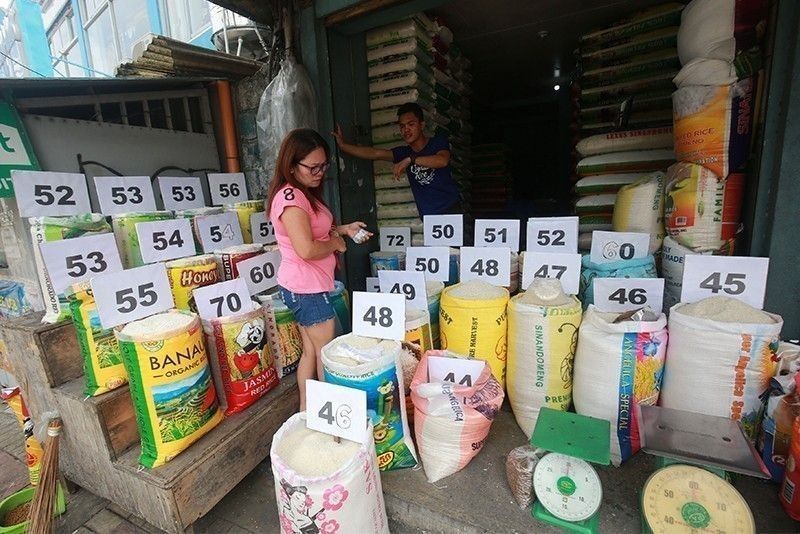Government collects P12.3 billion from rice tariffs

In Seven Months
MANILA, Philippines — The government collected P12.3 billion in additional revenues from rice tariffs last year, enabling the Department of Agriculture (DA) to provide additional assistance to local rice farmers, the Department of Finance (DOF) said yesterday.
In a statement, the DOF said Republic Act 11203 or the Rice Tariffication Law (RTL) generated P12.3 billion in cash revenues for the government last year, exceeding the target of P10 billion for the Rice Competitiveness Enhancement Fund (RCEF).
“In only seven months since it was implemented, the RTL has already brought in cash revenues of P12.3 billion as of December 31, 2019, which is beyond the minimum amount of P10 billion earmarked yearly for the RCEF,” the DOF said.
The Rice Tariffication Law, which became effective starting March 5, eased the importation of rice in the country by imposing tariffs in lieu of quantitative restrictions.
Under the law, tariffs collection from rice imports will go to the P10 billion RCEF, which will be used to provide cheap credit, high quality seeds, agricultural machinery and skills training to rice farmers.
Finance Secretary Carlos Dominguez said the excess funds from the collection would enable the government to immediately extend direct aid to farmers.
This includes unconditional cash grants under the Rice Farmer Financial Assistance (RFFA) program of the DA. The program seeks to provide subsidies of P5,000 to 600,000 rice farmers affected by lower farmgate prices.
This was launched in addition to the credit programs of the government, including the zero-interest loan for rice farmers and low-interest loan for local government units buying local produce above prevailing farmgate prices.
According to the DOF, the generation of revenues from rice imports was a complete reversal of the previous rice trade regime, when the National Food Authority acted as the regulator of rice imports and chief importer of the grain.
The DOF said the agency incurred a total of P187 billion in tax subsidies from 2005 to 2015, or an average of P19 billion a year.
Finance Undersecretary and chief economist Gil Beltran also said that the NFA lost around P11 billion annually before the law was enacted.
In addition to helping modernize the agriculture sector, Dominguez said the Rice Tariffication Law helped low-income households cope with inflation, given that rice accounts for 20 percent of their total consumption.
He said rice prices, following the enactment of the law, was slashed by an average of P8 per kilo.
Citing data from the Philippine Statistics Authority (PSA), the DOF said the average retail price of rice in the fourth week of November 2019 sunk to its lowest level in three years at P36.67 per kilogram.
The DOF said the law also brought the March inflation rate down to 3.3 percent from 4.4 percent in January and 3.8 percent in February before gradually easing further to a low of 0.8 percent in October.
- Latest
- Trending




























